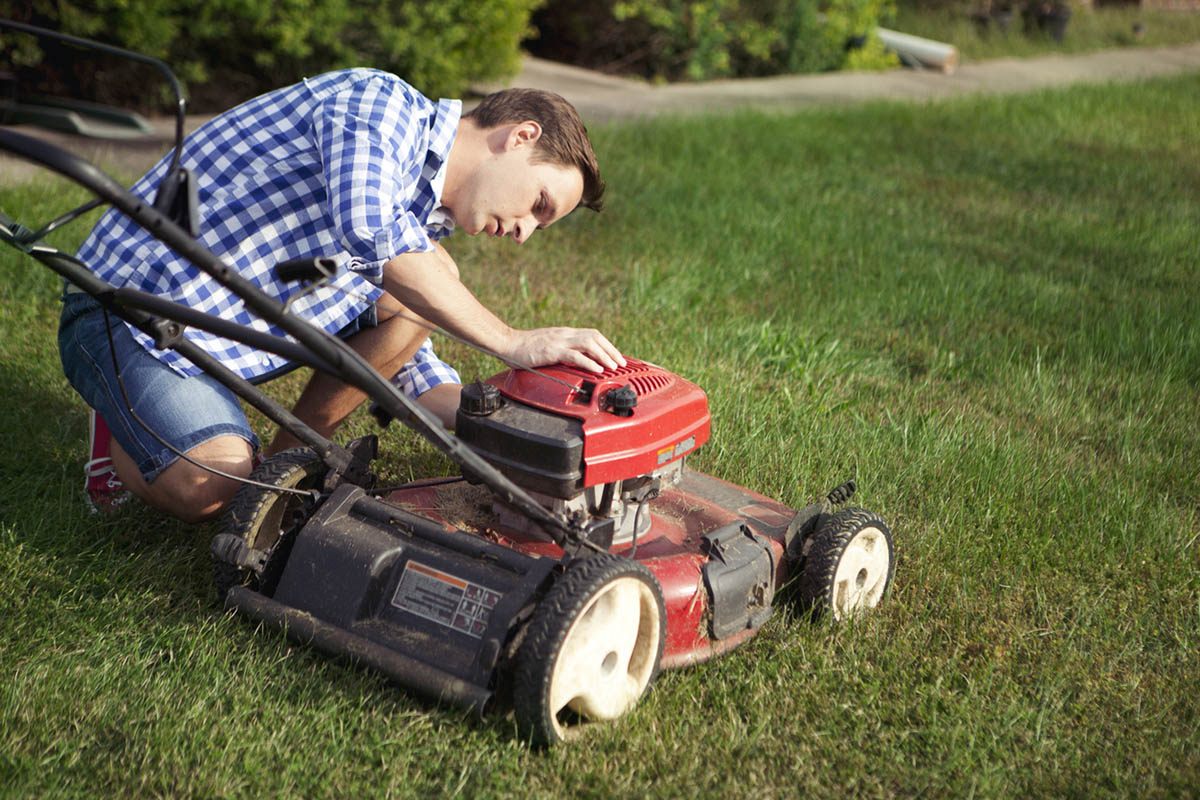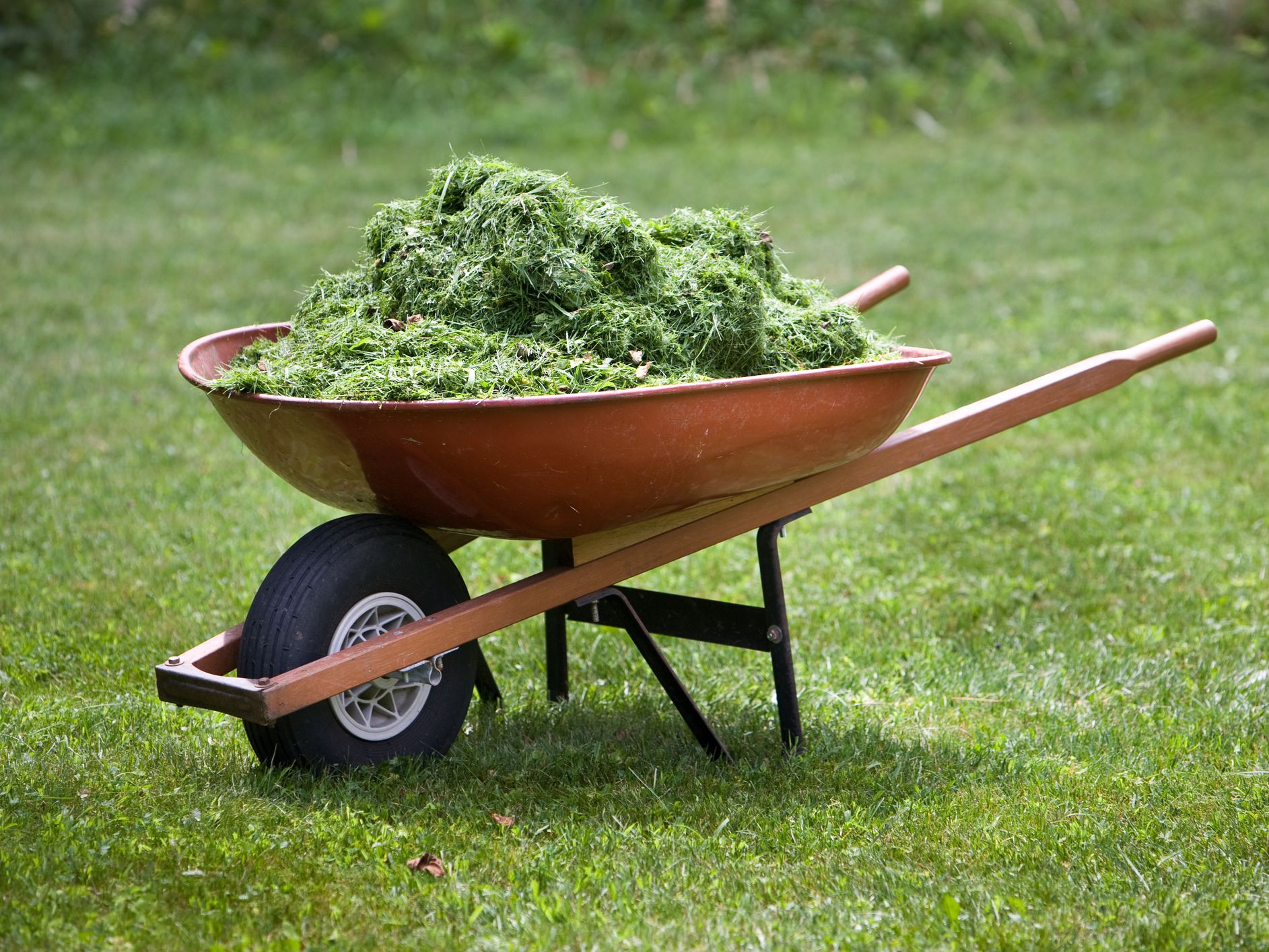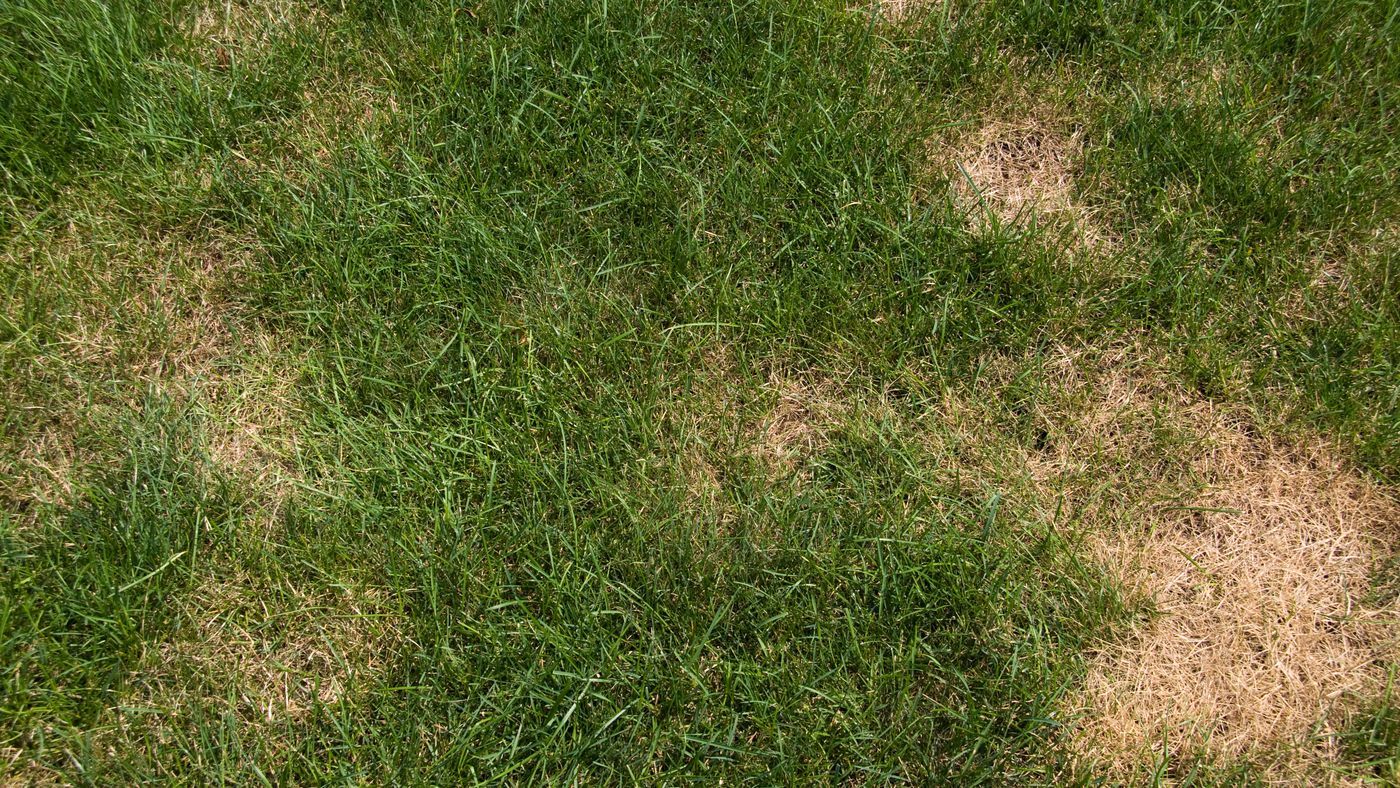Is your lawn looking a little shaggy? Are you thinking about mowing it, but the weather doesn’t seem to be cooperating? Then don’t do it. It’s better to wait until the grass has dried out than risk damaging it or your lawnmower by cutting when it’s too wet.
If you’re considering mowing your lawn, then make sure that the ground is dry before doing so. Otherwise, you’ll end up having to deal with clumpy grass and damaged equipment. And if you want to keep your yard healthy and green, don’t cut grass while wet. This will help prevent soil compaction, which can lead to erosion and runoff into local waterways like lakes and rivers.
This article takes a deeper dive into mowing wet grass and why you should avoid it. Read on.
Why You Should Not Mow a Wet Lawn
Cutting Wet Grass Can Hurt Your Lawnmower
The first reason you shouldn’t cut wet grass is that it can damage your lawnmower. It’s not worth breaking out the mower if the grass has just been watered or if there are puddles on the ground. If you cut wet grass, you’ll likely end up with clumps of grass stuck to the underside of the mower deck.

The clumps will end up blending into your lawn, but they’ll also eventually dry and look like dirt until you run over them again with the mower. Moisture is problematic for the gasoline in the mower’s fuel tank, its metal, and indirectly its engine. Intruding moisture can cause corrosion if you don’t mix a stabilizer into the fuel tank.
Moist grass clippings that cake on the metal underside can cause rust. Even in the short term, the caked substance can stress the engine, impeding the motion of the mower blade and making your engine work harder to make up for it.
Cutting Wet Grass Can Affect Your Lawn’s Health
Mowing wet grass doesn’t just affect your mower only; it can also have an impact on your lawn. Wet grass blades are more susceptible to disease and fungus infections, which can lead to problems with your lawn’s health down the road. For an ideal cut, your grass blades should be standing up off the ground.
Wet blades are heavier than dry ones, making such blades hug the ground. As your wet turf starts to dry after rain, some of your blades will resume their upright position and get chopped off when you mow. The resulting uneven look would be bad enough, but the result will be tears instead of a clean cut when you try to cut damp grass.
The wet clippings will mat down, preventing healthy airflow. If you allow wet grass clippings sticking to the underside of your mower deck to remain, you’re inviting mold that can spread to your turf. Also, making passes up and down a wet lawn with your machine can hurt your lawn.
The large wheels will sink into a moist surface in a way that they won’t in dry grass. The wheels will form ruts on the surface, directly damaging the grass. This will cause the soil to become compacted, causing damage over time. You can learn how to use core aeration to heal your grass and beautify your lawn.
You Cannot Cut Wet Grass with an Electric Mower
Water and electricity don’t mix, so using an electric lawn mower on wet grass is out of the question. If your mower has a mulching attachment on it, then the clippings will stick to the underside of the mower deck and create an incredible mess.

You’re also at a greater risk of injury when mowing wet grass than dry grass with electric mowers, especially when an extension cord runs the risk of being wet and becoming a safety hazard. When this extension cord gets wet, it can damage your mower and even electrocute you while mowing.
Alternatively, opt for a cordless electric mower which provides a safer option since there are no exposed wires. However, these cordless don’t have enough power to cut through serious wet grass. So, it’s best to stick with a gas mower for wet grass because it’s the safest, effective, and least frustrating option.
Uneven Cutting
When your mower’s blades hit hidden rocks or other debris while cutting through wet grass, it can cause the mower to jerk and unevenly cut the grass. This creates an unattractive look to your lawn and can also lead to scalping or slicing off too much of the grass blade, exposing the soil beneath.
Wet grass bends and lies closer to the ground compared to dry turf. This is because the dew on the grass blades makes them heavy, forcing them to bend down instead of standing upright. Your blades need to stand upright to cut the grass properly.
Otherwise, your mower will miss most of the grass, producing uneven cuts across your lawn. Once rainwater starts to drain away, and the grass blades dry up, sections of your lawn will appear as if you didn’t mow them. This uneven cut will make you go over the lawn and mow it afresh to get that even cut.
Clippings Clump on the Lawn and Sticks to the Mower
If your lawn is too long and wet, clippings will not just lie on the grass as usual after you mow it. Rather, they cling to blades of grass or form clumps resulting from heavy dew. The clippings won’t be as easy to collect and discharge from the mower’s bag if clumps and grass are stuck to it. This will require you to stop and clear your lawnmower blade before restarting the machine.

It’s a good idea to mow wet grass, especially regularly, because the mower will produce wet clippings that easily clump together and lay over your grass. When wet clippings stay on your grass for some time, they’ll keep a lot of moisture over an extended period, exposing your lawn to fungus diseases.
So, it’s best to cut dry grass because the clippings will easily fall off your blade and can be collected in the bag. If you still prefer to mow your lawn after it rains, then consider getting a drag unit to help you clear the soaked clippings off the grass. Furthermore, check the deck frequently when mowing turf grass after the rain to ensure the clippings are not clumping it, which can be a problem for air tapered decks.
Cutting Wet Grass Can Easily Spread Diseases
Mowing wet grass can easily spread diseases because the clippings will be wet and covered in mud. If you mow over a disease-infested area, you’ll just be spreading the disease all over your lawn. When the clumps of damp, matted clippings are left on the lawn without sufficient airflow to dry out, the grass becomes more susceptible to fungal diseases.

The wet grass clippings that stick to the underside of the mower deck can grow mold which can spread to your lawn next time you mow. So, before you start cutting, make sure to walk around your yard and identify any infections such as the brown patch disease.
Mowing a Wet Lawn Gives You Extra Work
Mowing a wet lawn is also more difficult because the grass is wet and heavy. This means you’ll have to spend more time mowing, and you’ll probably end up with a tired arm at the end of the day. In addition, wet grass stains your clothes, shoes, and every surface your shoe touches, making cleaning an uphill task.
If you must mow wet grass, make sure you take all the safety precautions. Start by testing your soil’s saturation. When you stand on your lawn, you shouldn’t sink into it or see water rising around the edges of your shoes. Therefore, mowing too much is a bad idea.
Without the presence of standing water, you could tame your yard to some degree using a stabilized gas powered mower with sharp blades. If possible, set your mower to side discharge mode. Though this leaves rows of cut grass on your lawn for manual bagging later, it will save you the mess of dealing with a mower bag with a wet interior.
FAQs about Mowing Wet Grass
How long should you wait to mow the grass after it rains?
When dealing with mild morning dew or after light rain showers, you may need to wait between two and five hours for the lawn to dry before mowing. With heavier rainstorms, you should wait for at least one day to mow safely.
Can you cut grass after it rains?
While mowing a wet lawn can damage your mower or grass, there’re still tricks that you can use to minimize the problems if you don’t have time to wait. Such tricks include using a sharp blade to keep your lawn healthier when the ground is still damp.
Does mowing wet grass result in a dull blade?
While wet grass alone cannot dull a mower blade, its slick surface doesn’t make the cutting process easier. And if you leave the lawn to sit on the blade, the saturated clippings can cause rust and an early demise to metal parts of your mower, such as the blade.
Final Thought on the Reasons Why Mowing Wet Grass is a Bad Idea
While it may be tempting to mow your grass after it rains, it’s important to wait until the ground is bone dry. If you can’t, make sure you sharpen your blade first to avoid a nasty accident, soil damage, and fungal infections, which are preventable with a little patience.
The post Reasons Why Mowing Wet Grass is a Bad Idea appeared first on Kitchen Infinity.
Did you miss our previous article…
https://www.conduithardware.com/?p=718